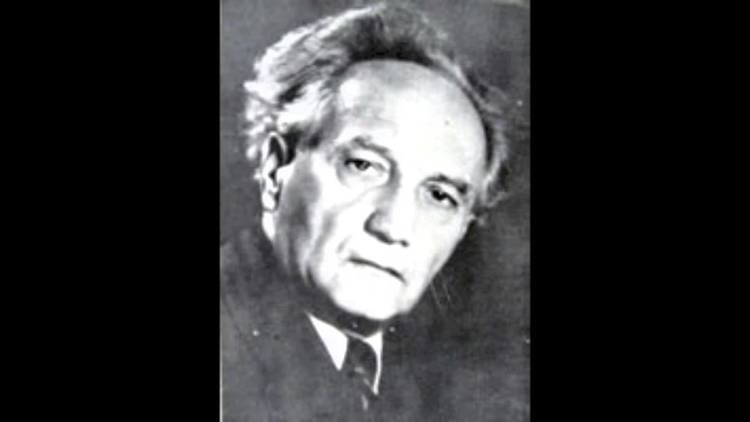Name Josip Stolcer-Slavenski | Role Composer | |
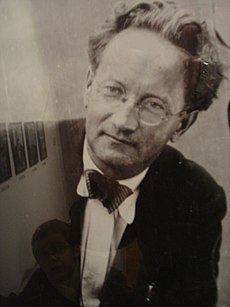 | ||
Similar People Mladen Tarbuk, Miloje Milojevic, Lidija Bajuk, Belgrade Philharmonic Orchestra, Tomislav Uhlik | ||
Josip Štolcer Slavenski Suite (Aleksandar Pavlović, Andreja Preger 1961)
Josip Štolcer-Slavenski (Serbian Cyrillic: Јосип Штолцер-Славенски; Čakovec, Croatia, 11 May 1896 – Belgrade, Serbia, 30 November 1955) was a Yugoslav, Serbian and Croatian composer and professor at the Music Academy in Belgrade.
Contents
- Josip tolcer Slavenski Suite Aleksandar Pavlovi Andreja Preger 1961
- Life and career
- Opus
- Meimurje songs
- References
Life and career
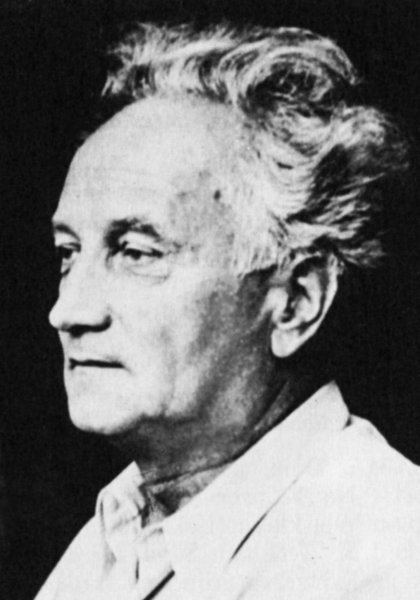
Josip Štolcer-Slavenski was born in Čakovec in 1896. His father gave him his first instruction in music, then in 1913 he entered the Budapest Conservatory where his teachers included Zoltán Kodály and Albert Siklós. His studies were interrupted in 1916 by army service and at the end of the war he was forced to return to his father’s business in Čakovec. In 1921 he went to study in Novák’s masterclasses at the Prague Conservatory. Having completed his studies in 1923 he returned to Croatia and taught for a year at the music school of the Zagreb Music Academy. In 1924 he moved to Belgrade, where he stayed for the rest of his life (except for a period in 1925–6 spent in Paris); he taught first at the Stanković School of Music, then at the music school of the Belgrade Academy (1937–45), becoming in 1945 professor of composition at the latter. Slavenski first attracted attention when in 1920 his orchestral Notturno op.1 was performed in Zagreb; in 1924 his First String Quartet was performed with success at the Donaueschingen Festival. Kleiber conducted his symphony Balkanophonia, first in Berlin in 1927 and then in various musical centres in Europe and the USA. Slavenski thus became the first Yugoslav composer of the 20th century to make an international reputation. At home, however, after the first success in 1920, he had to face the hostility of the then conservative Belgrade public and critics. After 1938 he composed very little; his works were seldom performed between 1940 and 1956 and he was almost forgotten. He died in Belgrade in 1955. It was only after his death that his stature was recognized.
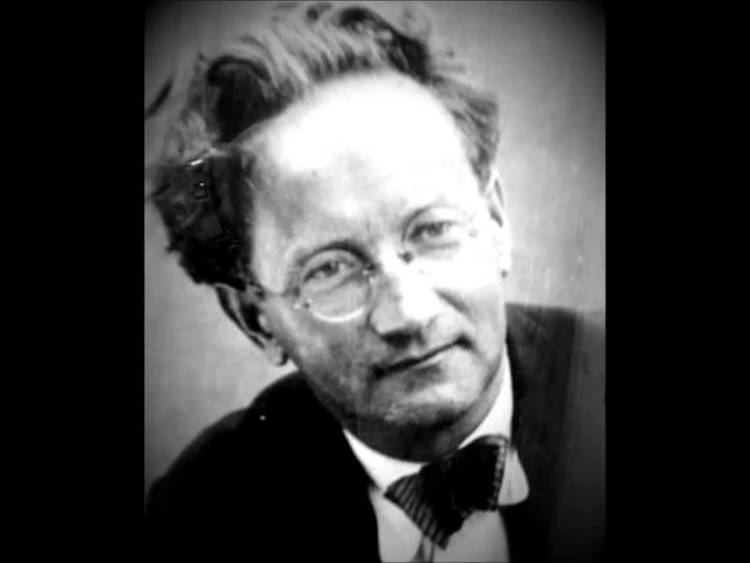
Initially Slavenski developed as an autodidact. The rich folk music of his native region, Medjimurje in north-western Croatia, left a decisive impact on him, and his youthful fascination with the sounds of church bells and the intricate combinations of their upper partials greatly contributed towards the formation of his harmonic idiom. His early compositions, dating from the time of his Budapest studies, show a blend of spontaneity with a strong desire for experiment. Polytonality and bold dissonances occurred in his piano pieces as early as 1913, at a time when many southern Slav composers were still treating material borrowed from folk tradition in a predominantly Romantic way. Such interests brought him close to the music of Kodály and Bartók, and his academic studies deepened the mastery of counterpoint, which remained a vital ingredient of his style. He continued to experiment with new ideas throughout the 1920s: the Sonata for violin and organ contains sonorities which foreshadow electronic music, and the Piano Sonata uses aleatory technique. Slavenski’s interest in folk music broadened in the late 1920s to encompass that of the whole of the Balkans, and the culminating result of this was his Balkanophonia. He was equally attracted by the mystical and ritual aspects of music, as may be seen from Chaos, a movement from the unfinished Heliophonia, and Religiophonia, the latter generally considered to be his masterpiece. During the 1920s and 30s he was one of the very few Yugoslav composers who showed an awareness of the searching spirit of the avant garde abroad. His imaginative use of percussion instruments may occasionally recall Varèse, whose works he did not know. He had no predecessors in Yugoslav music and no followers in his lifetime. When after his death his music became better known, it was already too late for it to exercise a direct influence on Yugoslav composers, though his creative use of folk music and his experiments of the 1920s provided a necessary impulse.
Opus

Incid music, music for Bosanquet’s hmn, film scores
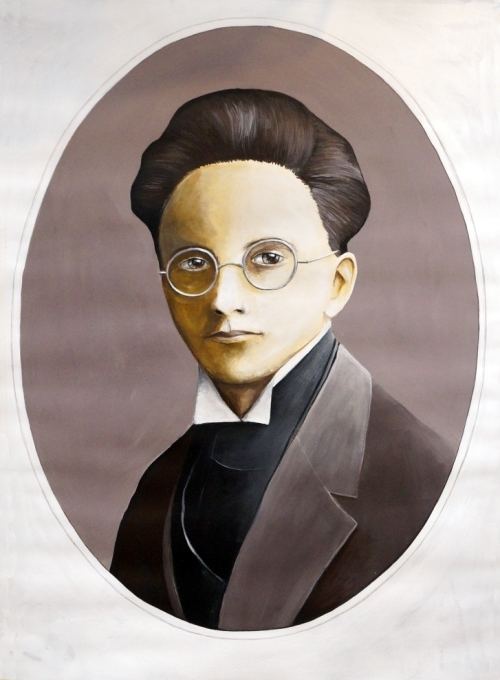
Principal publishers: Društvo skladatelja Hrvatske, Naklada Saveza Kompozitora Jugoslavije, Schott, Udruženje kompozitora Srbije
Međimurje songs
